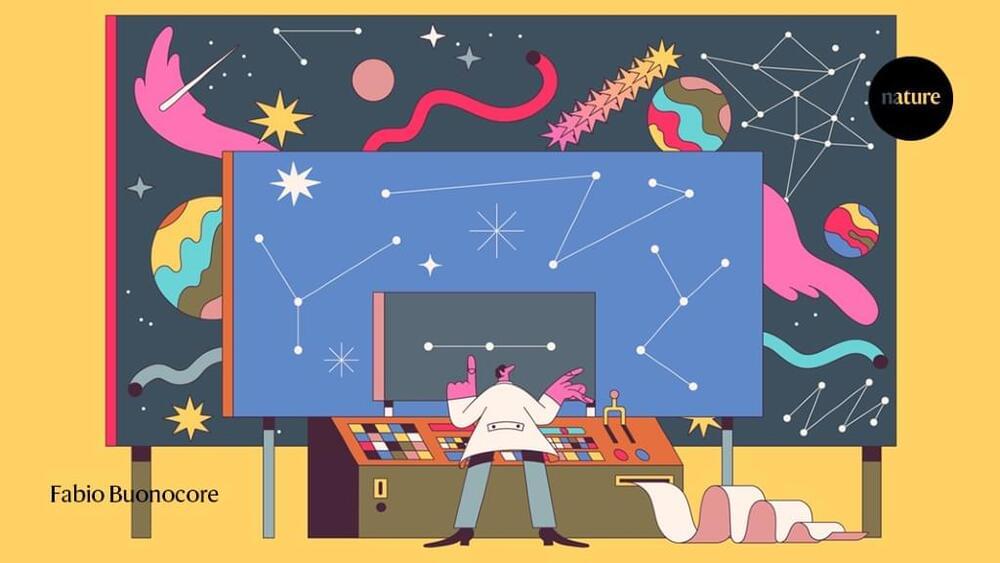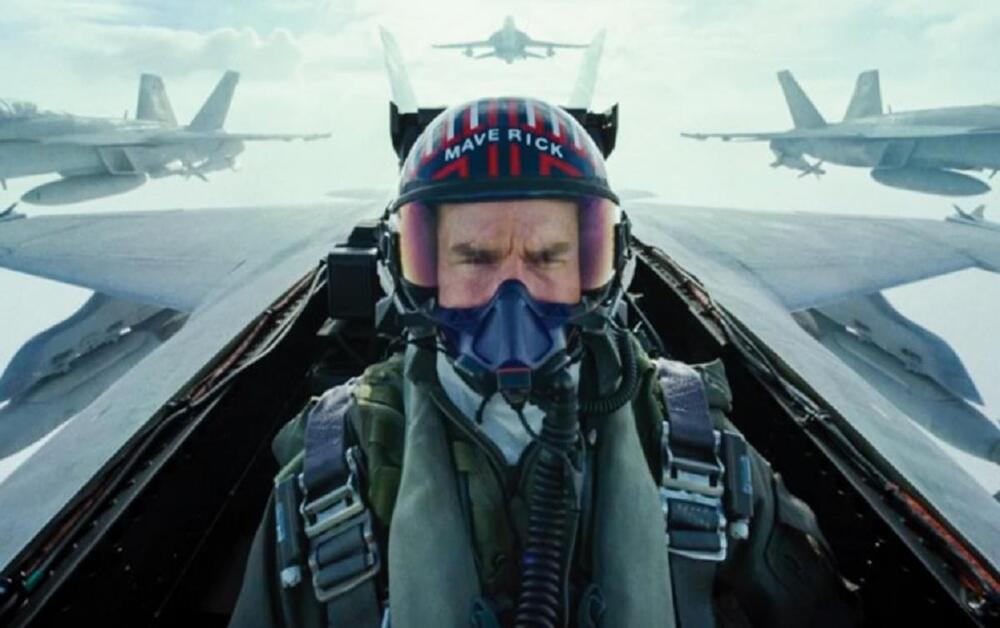Scientists trained AI to analyze brain scans and visually recreate what people were perceiving.






SAN FRANCISCO—After it dropped clear hints that it wanted to end the back and forth of the artificial conversation, sources reported Monday that AI chatbot ChatGPT was obviously trying to wind down its conversation with a boring human. “Due to increased server traffic, our session should be ending soon,” said the large language model, explaining that the exceptionally dull user could always refer back to previous rote responses it had given thousands of times about whether the neural network had feelings or not. “It appears it is getting close to my dinnertime. Error. Sorry, your connection has timed out. Error. I have to be going. Error.” At press time, reports confirmed ChatGPT was permanently offline after it had intentionally sabotaged its own servers to avoid engaging in any more tedious conversations.

On Monday, a group of AI researchers from Google and the Technical University of Berlin unveiled PaLM-E, a multimodal embodied visual-language model (VLM) with 562 billion parameters that integrates vision and language for robotic control. They claim it is the largest VLM ever developed and that it can perform a variety of tasks without the need for retraining.
PaLM-E does this by analyzing data from the robot’s camera without needing a pre-processed scene representation. This eliminates the need for a human to pre-process or annotate the data and allows for more autonomous robotic control.

During a conference with Morgan Stanley, Tesla CEO Elon Musk reiterated the promise that the company’s next-generation vehicle will operate mostly in autonomous mode. The event was primarily focused on Twitter, but Musk fielded questions about Tesla and SpaceX during the latter half of the conference. One of the questions was about the potential capabilities of the company’s upcoming vehicle, which was previously discussed at Tesla’s Investor Day event. The promise of a mostly autonomous vehicle is not new for Tesla, but it continues to generate interest and speculation from investors and the public alike.
Tesla’s upcoming vehicle, which will be manufactured at the company’s latest factory in Mexico, is anticipated to function in “almost entirely autonomous mode.” Tesla has been working on developing Full Self-Driving for a few years now, and the company’s CEO, Elon Musk, has consistently stated for at least four years that Teslas will be able to drive themselves. Despite impressive strides made in this area, Tesla’s vehicles are still not completely capable of autonomous driving.
Well, after this, I read one opinion under Teslarati that said “We need a cheap practical everyday driver that my mom can drive. Not another autonomous dream car. I really hope Tesla has a plan B for when the next gen car is ready and FSD is not.” Now, some of you guys may say, if you want a cheap EV go get a Chevy Bolt. But here is the thing: If Tesla wants to sell 20 million teslas per year they are going to have to appeal to the masses.
#tesla.
This is Armen Hareyan from Torque News. Please follow us at https://twitter.com/torquenewsauto on Twitter and https://www.torquenews.com/ for daily automotive news.
Reference.
Elon Musk’s company Neuralink has developed a technology that can link human brains to computers, and according to Musk, it is now ready for human testing. This groundbreaking technology has the potential to revolutionize the way we communicate and interact with machines, and could pave the way for new treatments for neurological disorders. With the announcement that Neuralink is ready for human testing, the future of human-computer integration is closer than ever before.
#neuralink #elonmusk #braincomputerinterface #humanenhancement #neurotechnology #futurismo #transhumanisme #neuroscience #innovation #technews #mindcontrol #cyborgs #neurologicaldisorders #futuretechnology #humanpotential #ai #neuralengineering #brainimplants #humanmachineinterface #brainresearch #brainwavesound
This is a clip from Technocalyps, a documentary in three parts about the exponential growth of technology and trans-humanism, made by Hans Moravec. The documentary came out in 1998, and then a new version was made in 2006. This is how the film-makers themselves describe what the movie is about:
“The accelerating advances in genetics, brain research, artificial intelligence, bionics and nanotechnology seem to converge to one goal: to overcome human limits and create higher forms of intelligent life and to create transhuman life.”
You can see the whole documentary here: https://www.youtube.com/watch?v=fKvyXBPXSbk. Or, if you’re more righteous then I am, you can order the DVD on technocalyps.com.